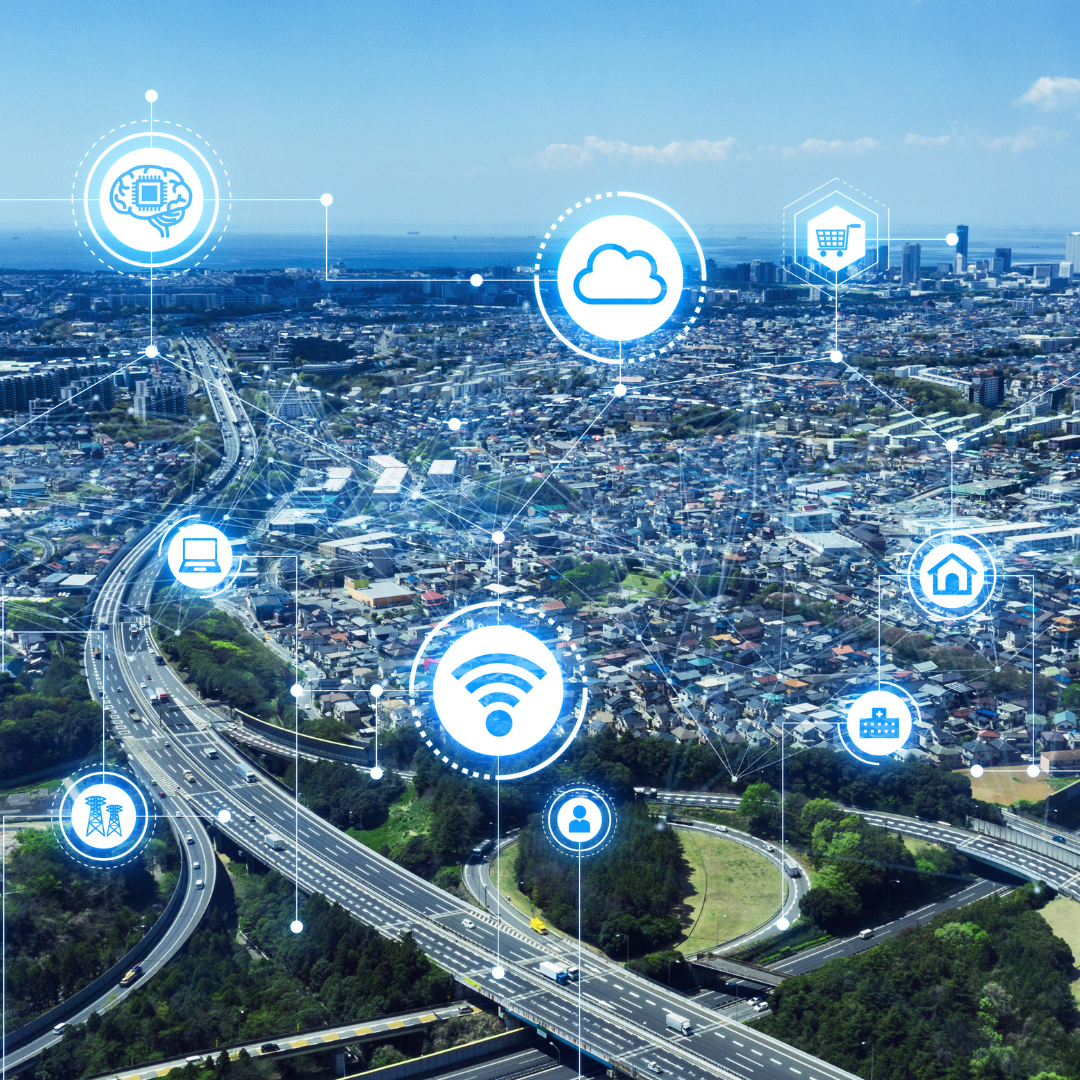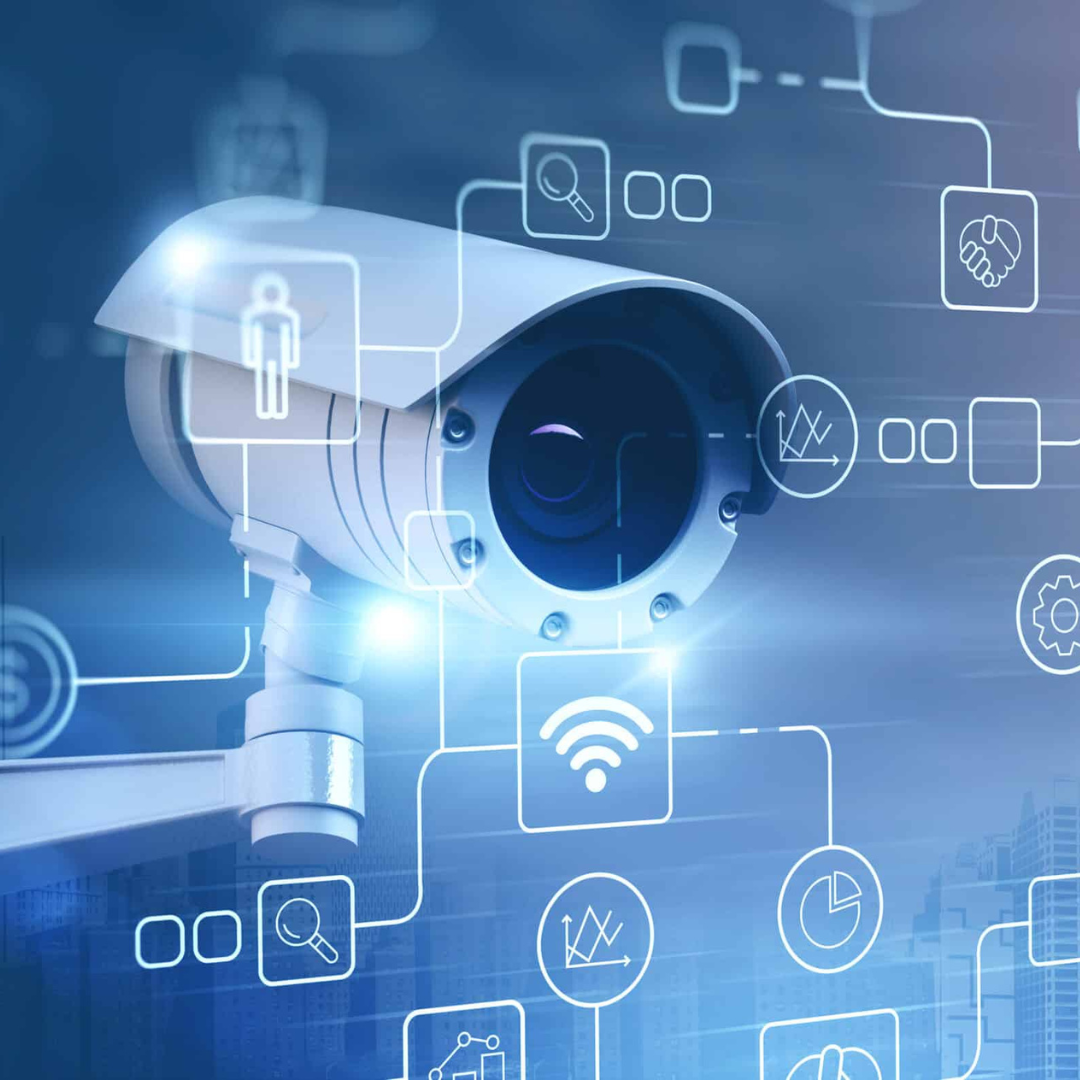A Guide To Understanding Information And Communication Technology
2022-09-11 19:31:16

In 2021 global statistics placed Information and Communication Technology (ICT) in the Top 10 of the largest industries in the world. With a market size in the trillions, still, many don't fully understand what ICT is.
If you're one of those people, fear not. This quick guide will walk you through what you need to know about ICT and digital communication. It'll also highlight some ICT trends driving the industry in 2022.
Let's dive in.
Information and Communication Technology Defined
Many consider ICT to be an extended synonym for information technology (IT), but in many ways, ICT is broader. ICT is the intersection of many technologies via standard and familiar transmission lines. These lines carry varying degrees of data and communication types and formats.
ICT highlights the integration of:
- Telephone systems and wireless networks
- Computer hardware
- Enterprise software
- Middleware
- Storage
- Audiovisual
These mediums allow users to access, store, transmit, understand, and change information.
For example, ICT can converge an audiovisual and telephone network with a computer network through a single cabling or link system.
People use ICT to handle communication processes such as:
- Telecommunications
- Broadcast media
- Intelligent Building Management Systems (BMSs)
- Audiovisual processing and transmission systems
- Network-based control and monitoring functions
The integration is possible through the use of unified communications (UC). UC is the delivery of different services through several device or platform types.
Specifically, UC is a single private network platform that consolidates telecoms and communication services.
ICT and VoIP
When discussing ICT, you also need to think about VoIP. VoIP stands for Voice over Internet Protocol. VoIP allows you to make voice calls using your business Internet services, like broadband, instead of an analogue phone line.
For instance, voice communication - PABX is a typical VoIP solution that businesses use. PABX stands for Private Automatic Branch Exchange.
As companies grow, they require more phone lines to support their people, such as:
- Customers
- Suppliers
- Teams
Using legacy analogue phone lines throughout this growth becomes expensive and high maintenance. In comparison, a PABX system allows businesses to have many phone lines while utilising fewer connections to the public network. PABXs can accommodate and support growth as they can handle high volumes of internal and outgoing calls.
Information and Communication Technology Trends
Because of the vast size of the ICT industry, changes occur continuously and rapidly. This year, there are several trends to follow. Let's look at some of them.
Monetising 5G
For years, everyone has been talking about 5G. It's only recently, though, that 5G has started delivering on its promises of offering faster and more efficient telecommunications capabilities.
5G opens up possibilities for:
- Smarter homes and cities
- Smart factories
- Driverless cars
Not to mention, in some cases, it provides connection speeds that are 100x greater than those of previous generations. As a result, 5G will continue to take information processing to a whole new level.
Further hyperconnected networks are made possible by 5G. Users will experience seamless interactions between humans and autonomous systems.
As the volume of data grows exponentially, the need to gather, store and distribute this data becomes vital. But users must be sure to do this in a way that is:
- Accessible
- Scalable and
- Secure.
Hyperconnected networks make this possible and are steadily getting closer to achieving ubiquitous connectivity.
Blended Channels
Blended channels are not new to 2022, yet the trend lends continually to their necessity. Attaining the right combination of channels is always crucial in ICT.
Data often reveals that there isn't just one preferred communication channel. For instance, some people prefer to contact customer service via live chat, while others prefer to talk on the phone.
Companies must know how their customers prefer to interact with them as it's the only way to develop a communication strategy that works. Achieving this means allowing conversations to continue from one channel to another.
Additionally, younger generations are driving voice search to find products and request information. Therefore, reliable voice options are necessary this year and into the future.
Businesses can use immersive interfaces to promote frictionless communication further. Immersive interfaces use touch and emotion to bring users closer to the digital world. They humanise interactions with technology.
Automating Trust
Of course, with more technology comes more cybercrime. However, technologies like AI, blockchain, and IoT can work together to:
- Ensure the authenticity of data
- Verify identities and
- Enable secure multiparty transactions.
Together they will automate trust in physical, digital and human assets. This automation is vital because trust is at the heart of all business and personal relationships.
If there is a lack of trust or safety, your business will suffer. Lack of trust and transparency may also lead to regulatory and legal problems for your business.
Working Autonomy
Automation is nothing new. However, working autonomy is when automation has transitioned from point solutions to the much broader workflow automation.
Intelligent automation also allows systems to learn from prior decisions and data patterns to make their own decisions.
And no, this does not suggest that robots are learning how to become human! Instead, it means that working autonomy gives employees more time to focus on their essential work, thereby improving their productivity. In addition, it gives businesses access to previously inaccessible data, which will provide crucial insights and enhance the decision-making process.
Extended Reality and Digital Reflection
Extended reality (XR) is an umbrella term for:
- Augmented reality (AR)
- Virtual reality (VR)
- Mixed reality (MR)
While most think XR refers only to the entertainment industry, this is far from the truth. Businesses are using XR for training and to create job aids. XR allows employees to practise their soft skills and job-skill techniques and thus enhances the physical world experience.
But, it's also excellent at training for complex or dangerous situations.
XR can help businesses to:
- Create new customer experiences
- Quicken product development
- Improve workplace safety.
Similarly, digital reflection is the virtual representation of physical processes and interactions. Advances in IoT have allowed people to digitise the world and create simulation modelling and analytical tools.
These tools allow for safe testing spaces and the ability to explore different outcomes.
Explore Information and Communication Technology Further
The world of information and communication technology (ICT) grows every day, so it's worth exploring further. As these trends evolve, more will come up!
But nothing is more important than exploring ICT solutions for your business.
Contact us at Daisy Business Solutions if you're ready to learn more about our product and services offerings. We'd be happy to guide you through solutions that will work best for you, from software to managed services.


